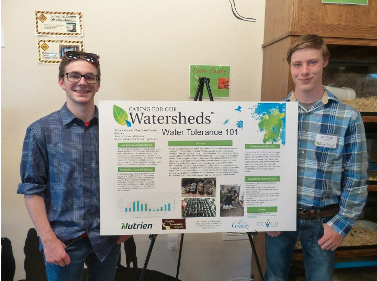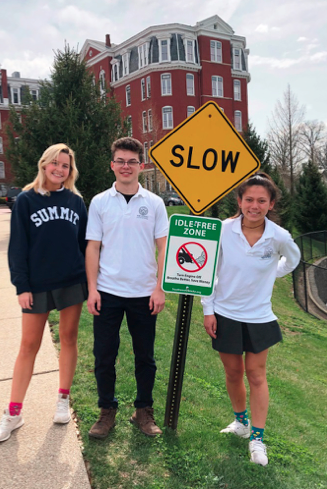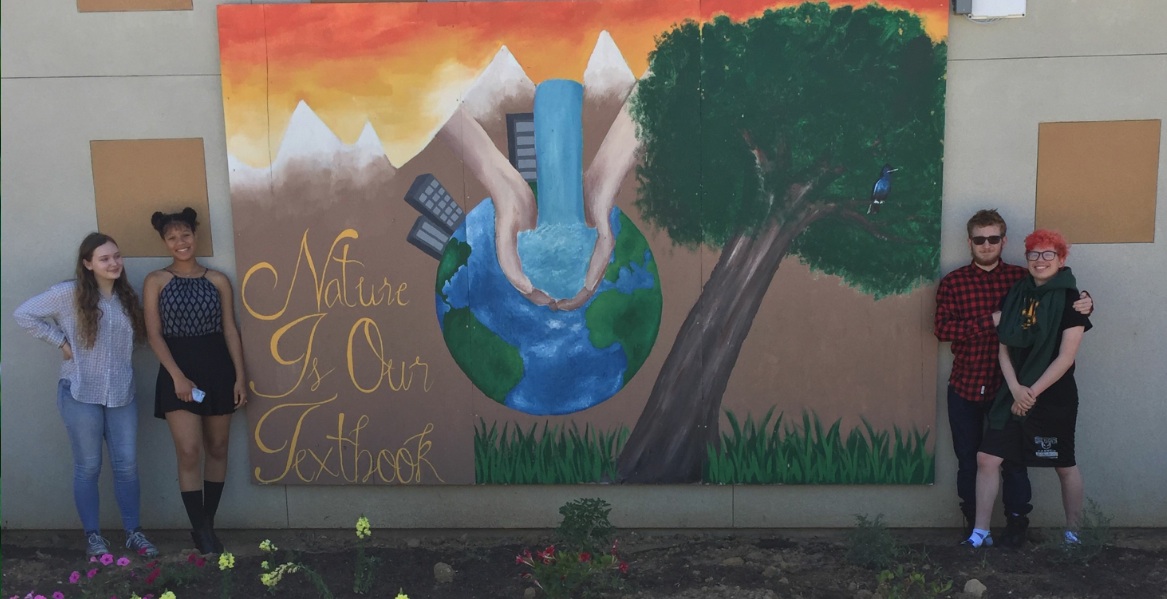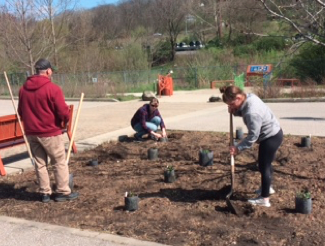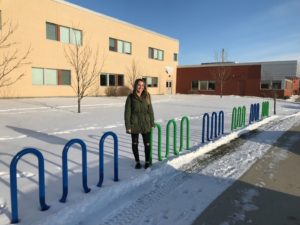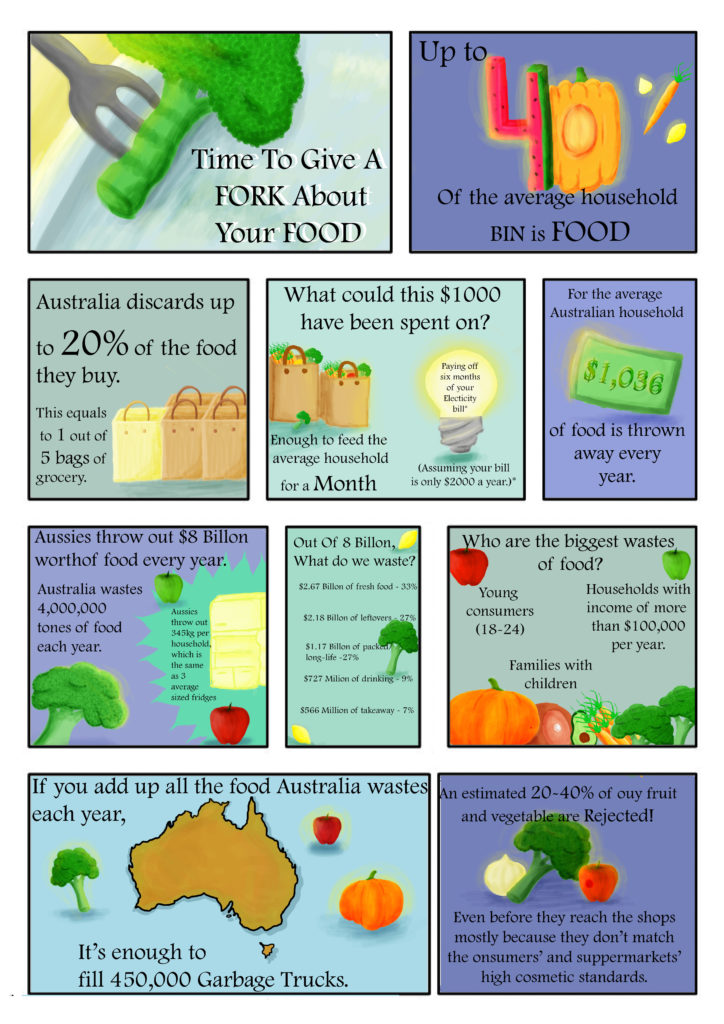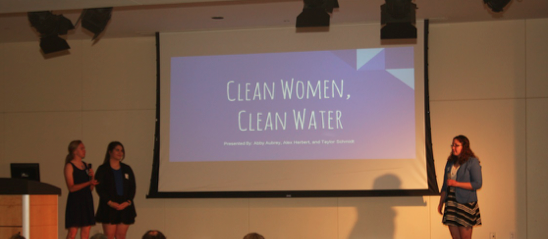2019, Greeley Central High School, Greeley, Colorado, USA
Casbah Parlin
Casbah’s concern revolved around the fact that rivers, groundwater, and oceans are being polluted by plant nutrients and sediments that are resulting to dead zones in the gulf of Mexico. To combat these problems, Casbah constructed a rain garden at the Guadalupe Center. Rain gardens absorb excess rainwater that would otherwise runoff and transport pollutants that can harm the watershed. Casbah’s rain garden will help improve our watershed’s air quality, improve the water quality of the runoff, attract beneficial insects, and provide an aesthetically pleasing project that residents can admire on their walks. Casbah believes that his project can have a huge impact when it becomes a wide-spread activity within his community. He believes that replicating this around our watershed will greatly decrease the amount of runoff and help compensate for the many impervious man-made structures.

